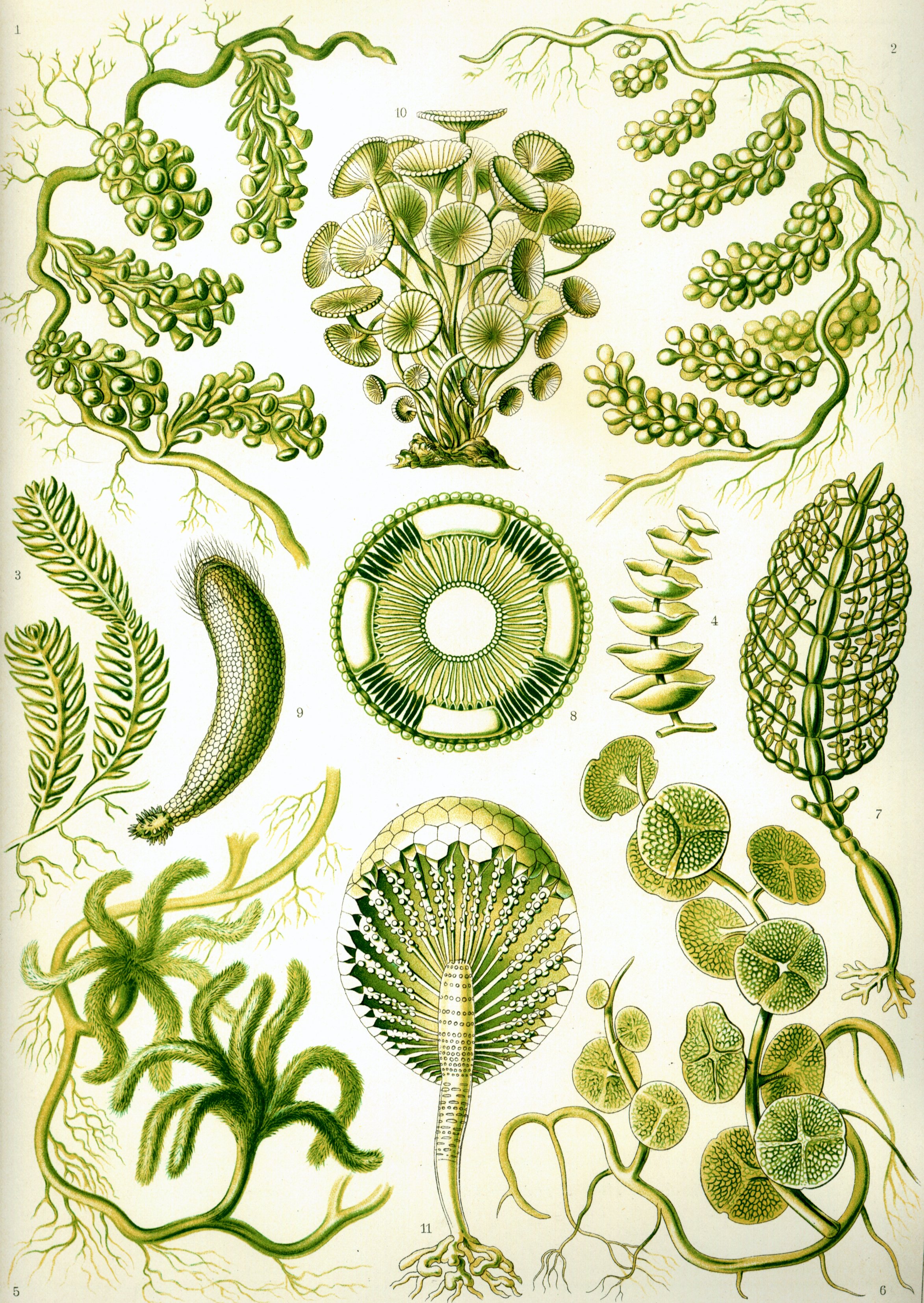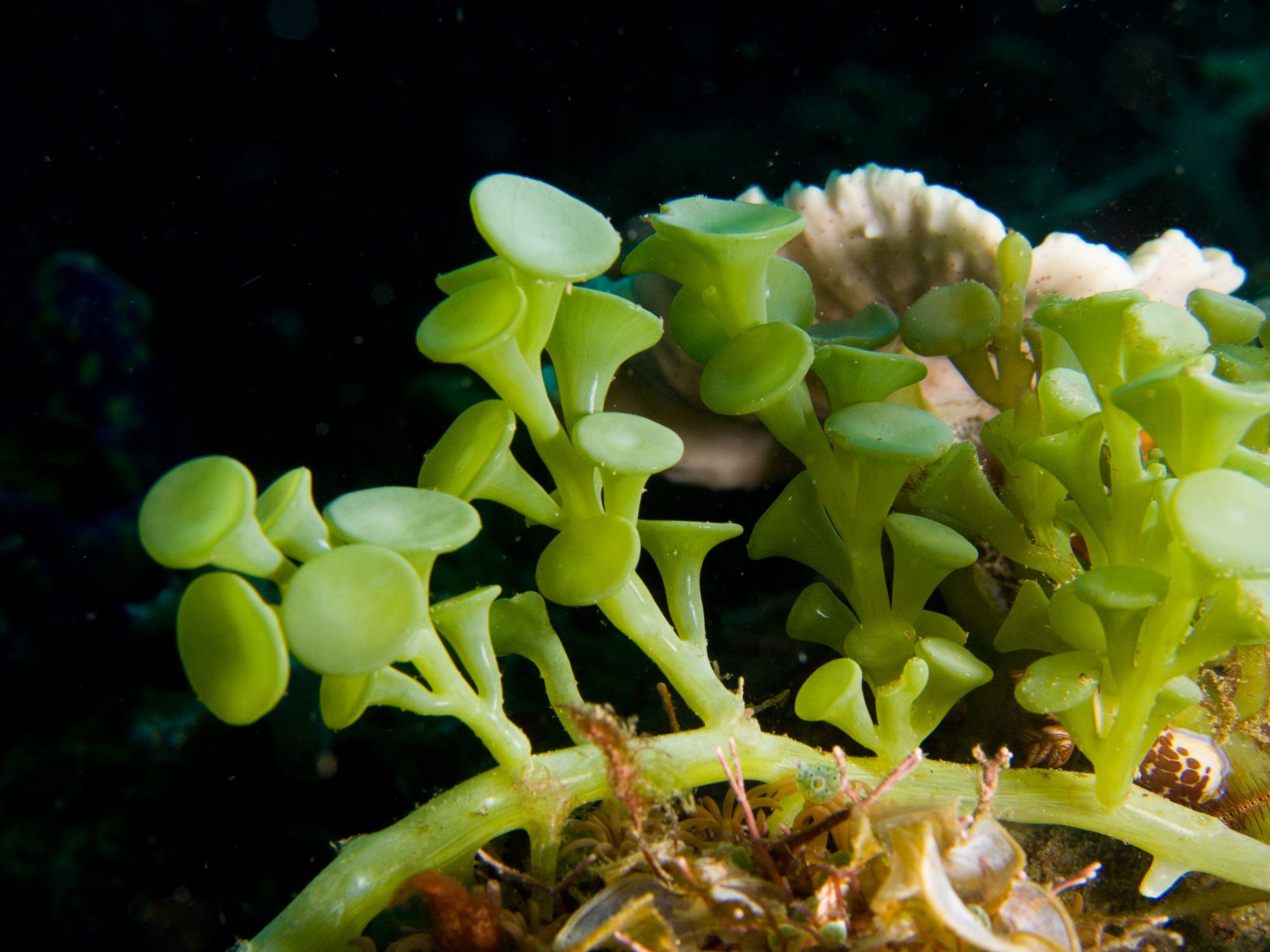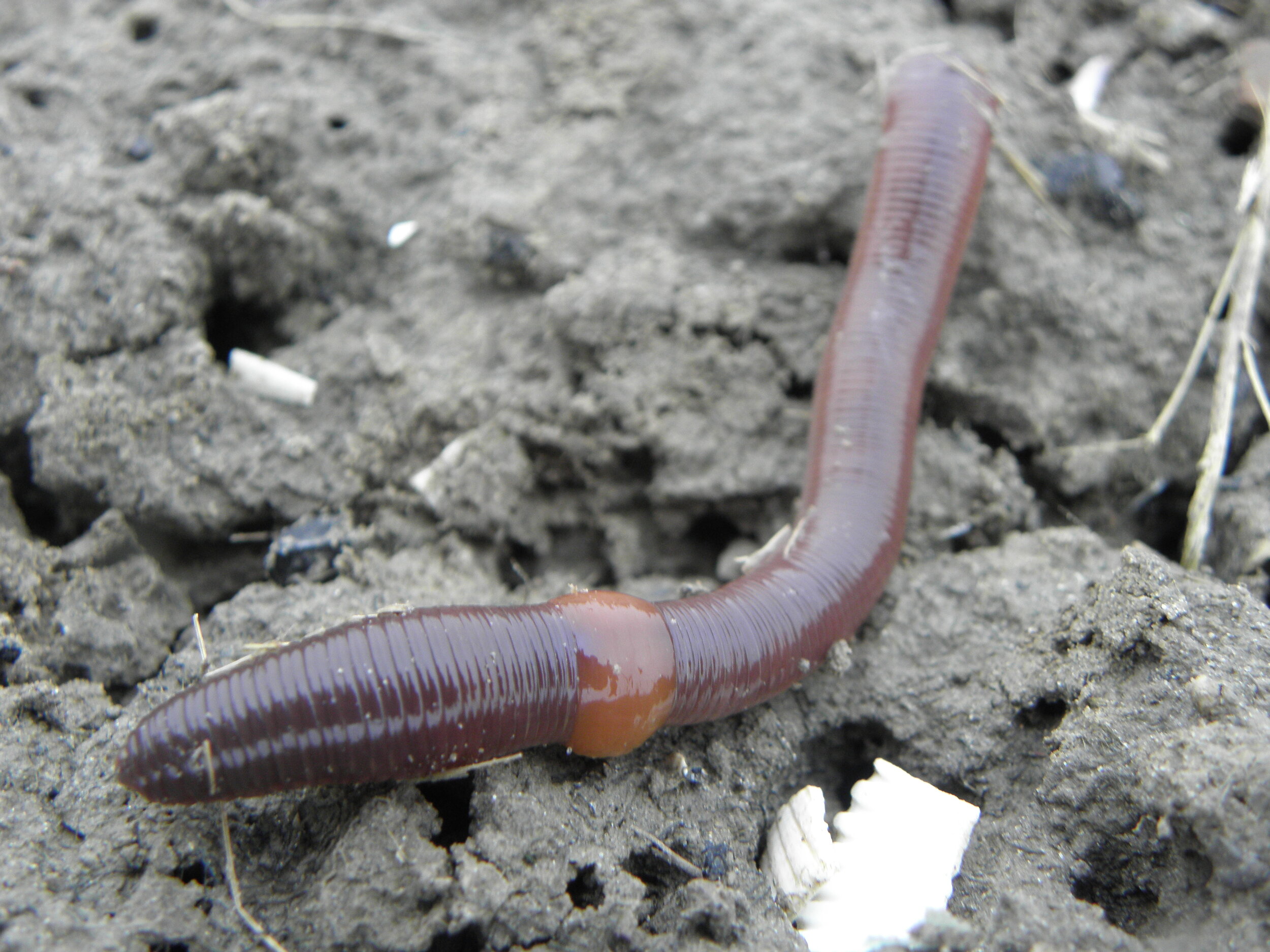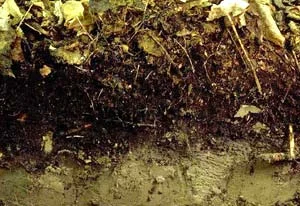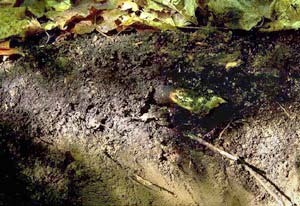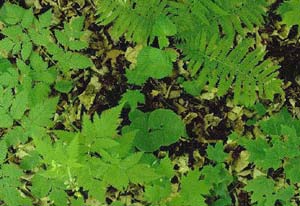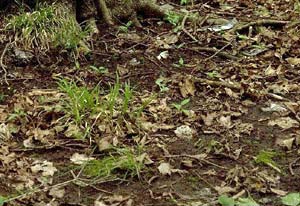Cooksonia is one of the earliest land plants to have evolved. Photo by Matteo De Stefano/MUSE licensed under CC BY-SA 3.0
Try to picture the world before life moved onto land. It would have been a vastly different landscape than anything we know today. For one, there would have been no soil. Before life moved onto land, there was nothing organic around to facilitate soil formation. This would have changed as terrestrial habitats were slowly colonized by microbes and eventually plants. A recent paper published in Science is one of the first to demonstrate that the rise in certain sediments on land, specifically mud-forming clays, coincided with the rise in deep-rooted land plants.
This was no small task. The research duo had to look at thousands of reports spanning from the Archean eon, some 3.5 billion years ago, to the Carboniferous period, some 358 million years ago. By looking for the relative amounts of a sedimentary rock called mudrock in terrestrial habitats, they were able to see how the geology of terrestrial habitats was changing through time. What they found was that the presence of mudrock increased by orders of magnitude around the same time as early land plants were beginning to colonize land. Before plants made it onto land, mudrocks comprised a mere 1% of terrestrial sediments. By the end of the Carboniferous period, mudrocks had risen to 26%.
This begs the question, why are mudrocks so significant? What do they tell us about what was going on in terrestrial environments? A key to these questions lies in the composition of mudrocks themselves. Mudrock is made up of fine grained sediments like clay. There are many mechanisms by which clay can be produced and certainly this was going on well before plants made it onto the scene. The difference here is in the quantity of clay-like minerals in these sediments. Whereas bacteria and fungi do facilitate the formation of clay minerals, they do so in small quantities.
A little bit of moss goes a long way for erosion control!
The real change came when plants began rooting themselves into the earth. In pushing their roots down into sediments, plants act as conduits for increased weathering of said minerals. Roots not only increase the connectivity between subsurface geology and the atmosphere, they also secrete substances like organic acids and form symbiotic relationships with cyanobacteria and fungi that accelerate the weather process. No purely tectonic or chemical processes can explain the rate of weathering that must have taken place to see such an increase in these fine grained minerals.
What's more, the presence of rooted plants on land would have ensured that these newly formed muds would have stuck around on the landscape much longer. Whereas in the absence of plants, these sediments would have been washed away into the oceans, plants were suddenly holding onto them. Plant roots act as binders, holding onto soil particles and preventing erosion. Aside from their roots, the rest of these early land plants would have also held onto sediments via a process known as the baffling effect. As water and wind pick up and move sediments, they inevitably become trapped in and around the stems and leaves of plants. Even tiny colonies of liverworts and moss are capable of doing this and entire mats of these would have contributed greatly to not only the formation of these sediments, but their retention as well.
The movement of plants onto land changed the course of history. It was the beginning of massive changes to come and much of that started with the gradual formation of soils. We owe everything to these early botanical pioneers.
Photo Credit: [1]
Further Reading: [1]


